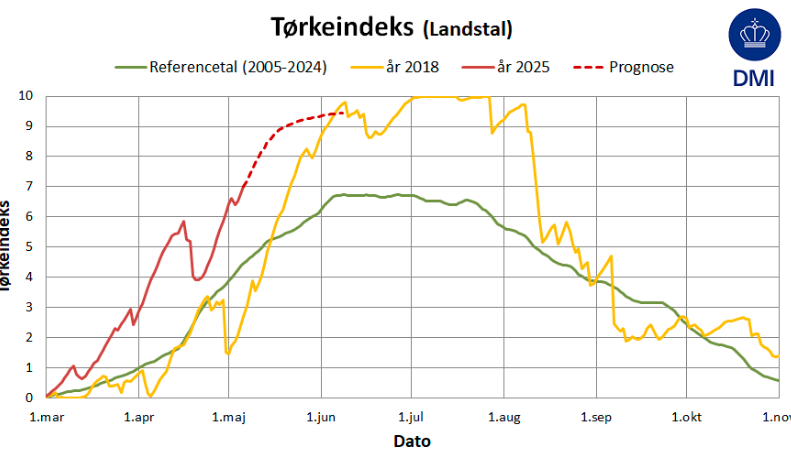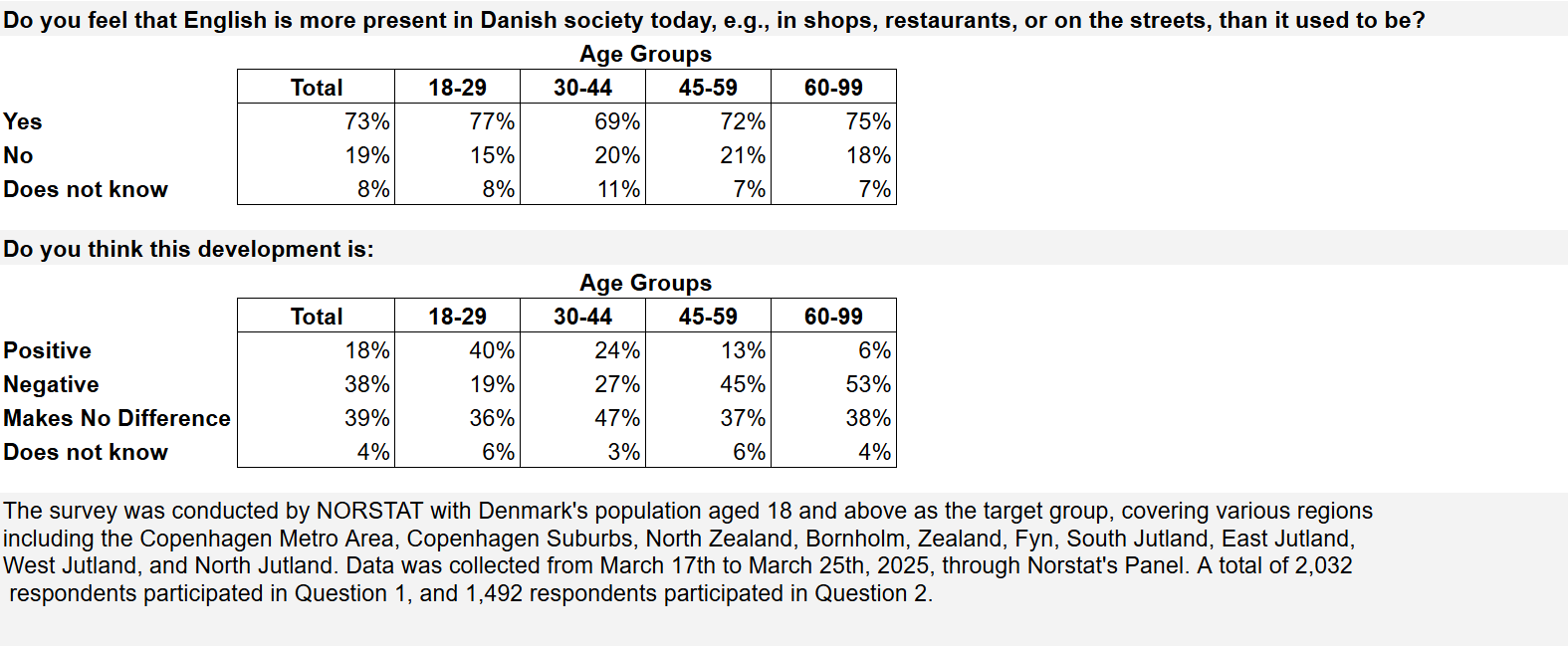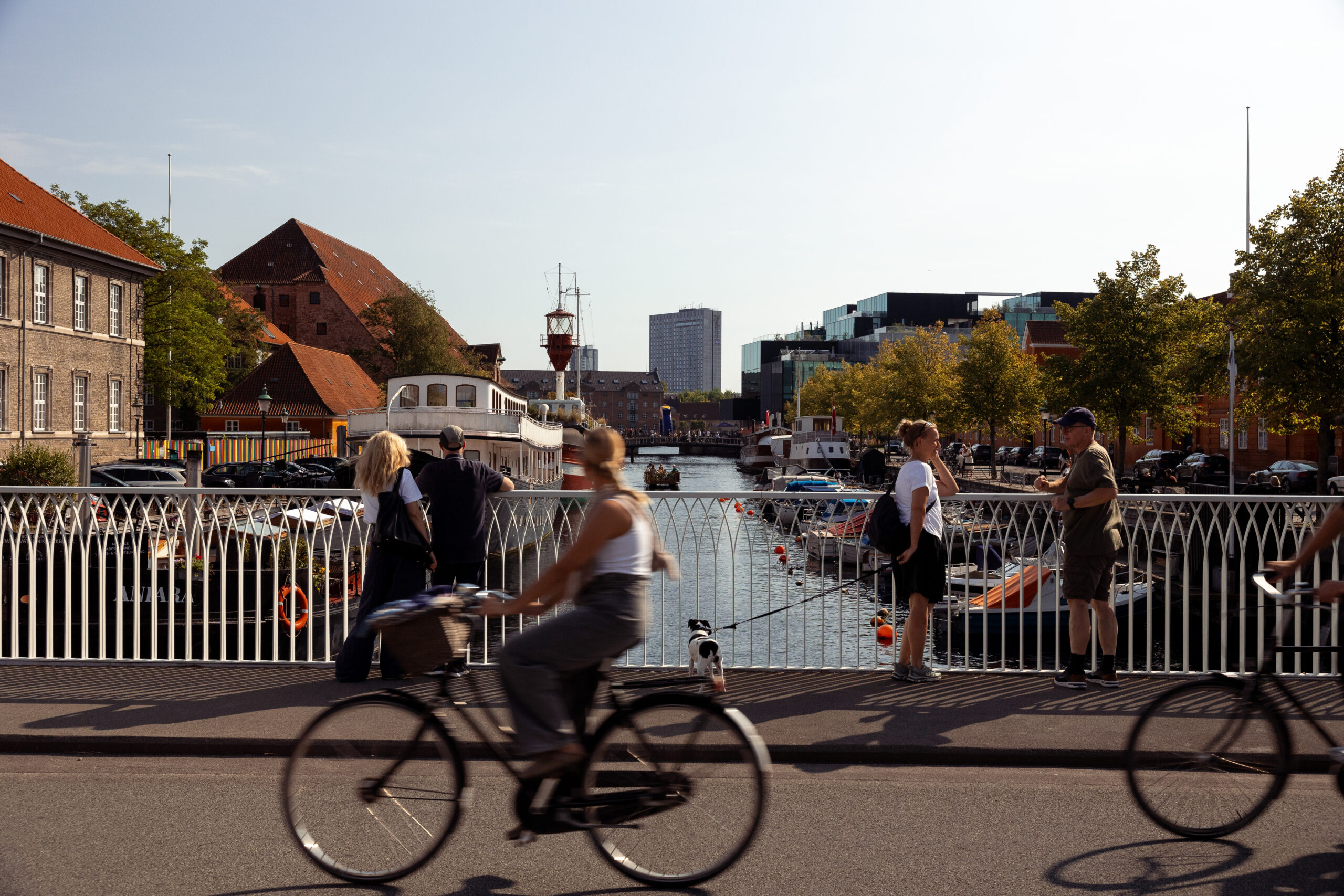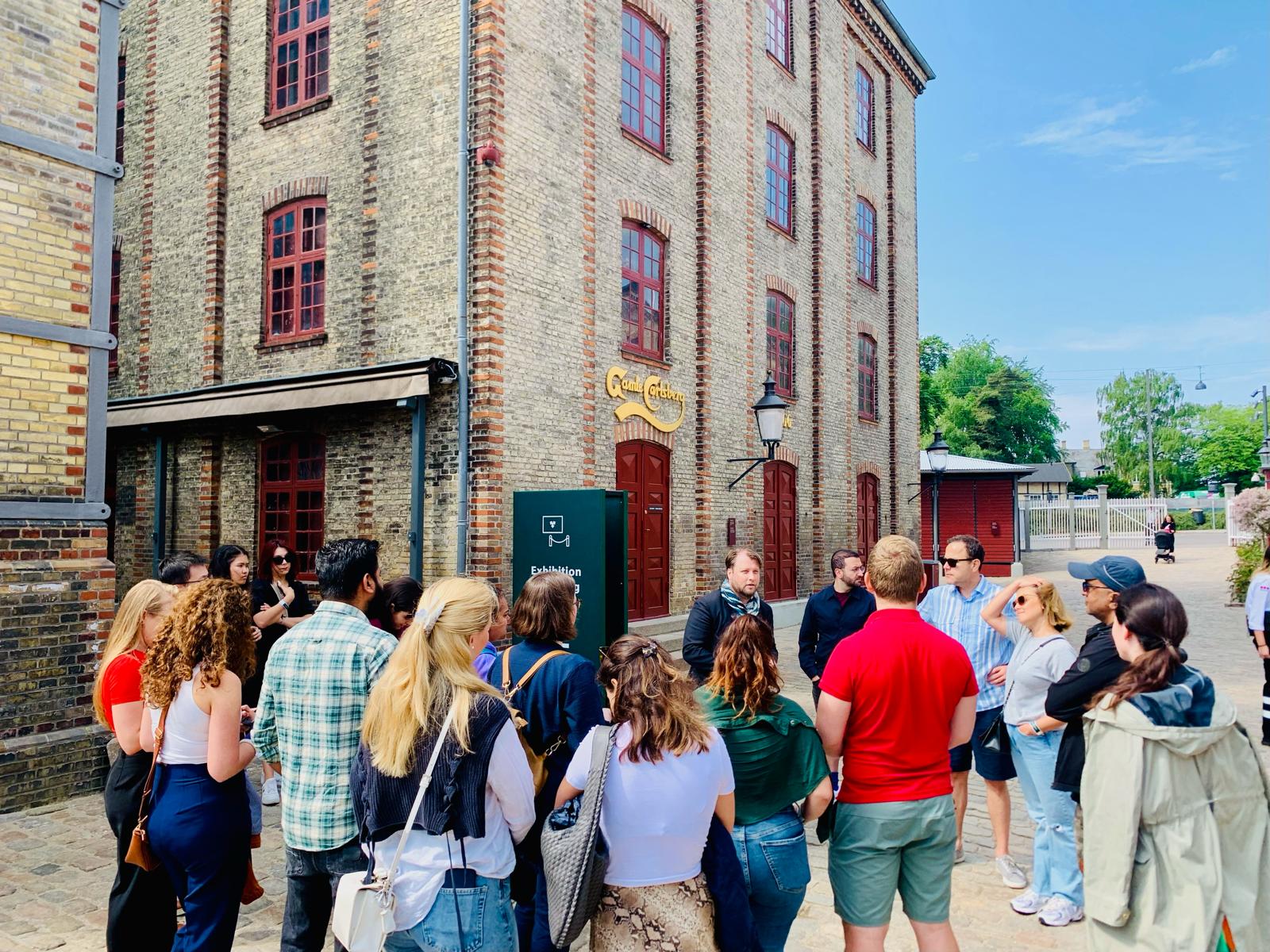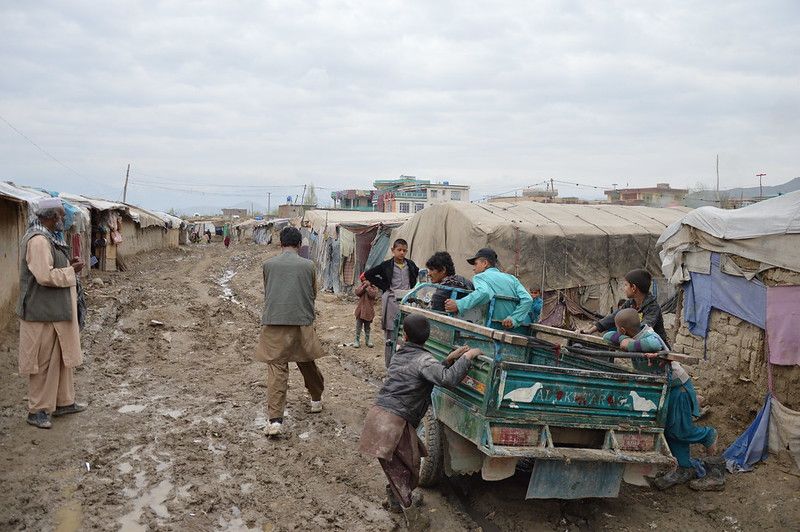For a country viewed the world-over as a bastion of social equality, a report published today may come as a surprise. Its diagnosis is that, rather than being a case of problem-solved, health inequality is rife in the country, with far-reaching consequences.
A ‘major problem’
According to the report, inequality has a significant impact on both the regularity and severity of an individual’s affliction, and it is systematically distributed according to social position and living conditions.
Søren Brostrøm, the head of the board that authored the report, explained that “inequality is manifested in the appearance of risk factors such as smoking, obesity, poor mental health”. Furthermore, those from disadvantaged backgrounds are less likely to have regular contact with the health services there to support them.
Gaining attention
The report found that inequality indicators appeared early, and that they could be tracked throughout the lives of individuals. A child’s health experience affects the way in which they manage their health for the rest of their lives.
These findings come just two weeks after researchers at the University of Copenhagen released a study demonstrating that childhood adversity led to an increased chance of early death.
Curing the malady
As part of its ‘health for all’ mission, the Danish Health Authority has pledged to be more proactive in its identification and support of those groups at greatest risk of adverse health.
As part of this, a second report was also published today entitled ‘Efforts against inequality in health’. In answer to the problems described in the status report, this offers potential solutions across a wide range of areas.
In order to overcome the affliction of inequality, it raises demands for collaboration across sectors.


